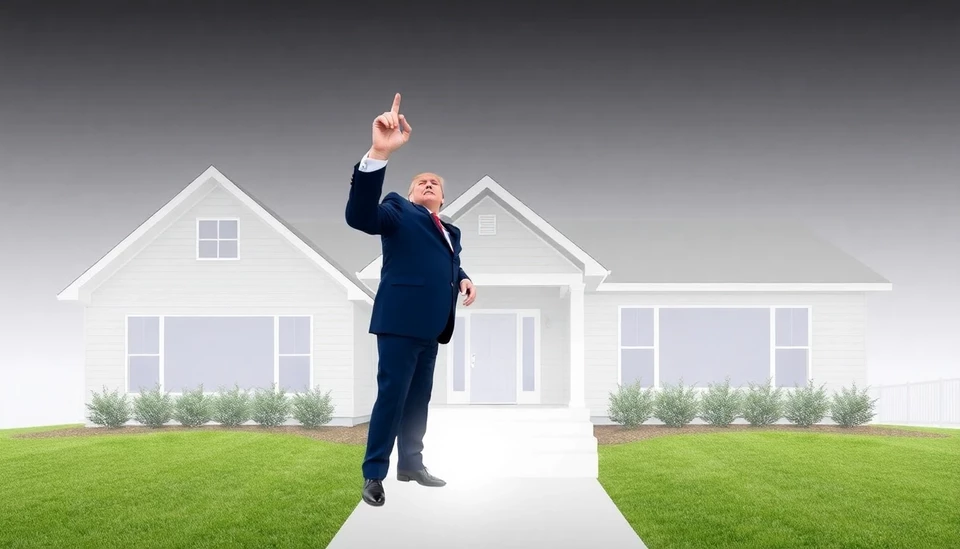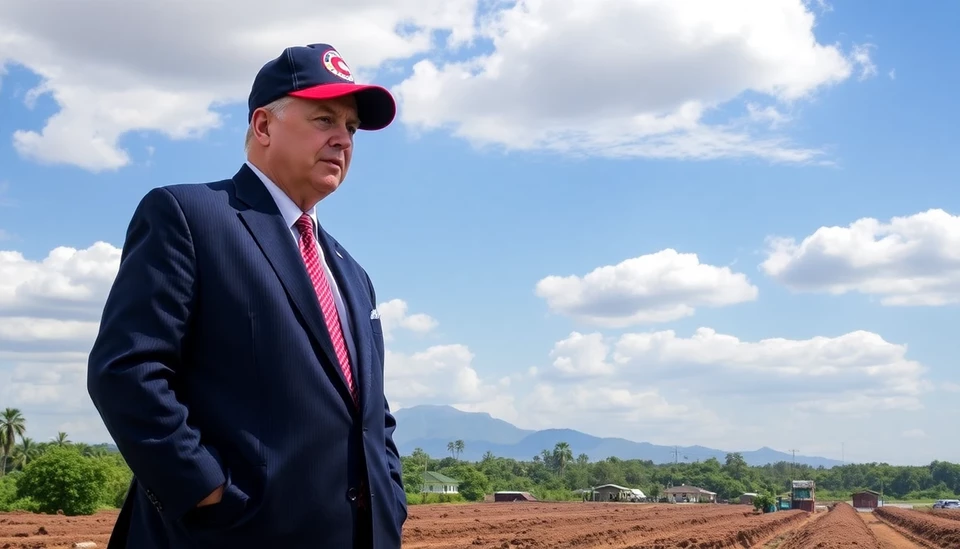
In a contentious political climate, the potential reintroduction of tariffs by Donald Trump could lead to significant financial repercussions for the U.S. housing industry. Recent analyses suggest that these tariffs could inflate construction costs by up to $29,000 per home, posing a daunting challenge for new home buyers and builders alike.
The predicted increase in costs is rooted in Trump's policy intentions to impose tariffs on materials commonly used in the construction sector. This decision, part of broader economic measures aimed at reshaping trade relations with certain nations, could exacerbate an already strained housing market struggling to meet demand.
Experts indicate that the construction sector is particularly vulnerable to such tariff policies due to its reliance on imported materials. Key components like steel, aluminum, and lumber have historically been affected by tariff fluctuations, and a renewed imposition could disrupt supply chains and drive up prices in a significant way. In regions where home prices are already high, this additional cost could further widen the affordability gap.
Moreover, the ripple effects of these tariffs extend beyond just the immediate construction costs. Higher prices for building materials could lead to a slowdown in new housing developments, thus limiting available housing and exacerbating the existing housing shortage. With inventory remaining tight and demand for new homes continuing to surge, the impact of increased costs could be felt across the entire real estate market.
Real estate analysts are closely monitoring these developments, expressing concern that if the tariffs go into effect, it could deter potential homebuyers from entering the market, ultimately stalling economic growth in areas heavily dependent on real estate transactions. The prospect of rising construction costs could lead to a decline in new residential projects, resulting in fewer jobs in the construction sector and related industries.
As discussions around economic policies continue to unfold, stakeholders in the housing market are advocating for alternative measures that could stabilize material costs without resorting to tariffs. A collective effort from builders, real estate agents, and economic policymakers may be essential in navigating this potential crisis. Many are calling for dialogue aimed at balancing the need for fair trade practices while also ensuring that the domestic housing market remains robust and accessible.
As the situation develops, it will be critical for buyers, builders, and the broader market to stay informed about the potential impacts of these tariffs. Both the immediate and long-range implications could shape the future of home construction and affordability across the United States.
In conclusion, the looming threat of Trump’s proposed tariffs could have profound consequences on the U.S. housing market, driving up construction costs by thousands of dollars and potentially hampering new home development at a time when the market so desperately needs it.
#TrumpTariffs #HousingMarket #ConstructionCosts #RealEstate #HomeAffordability
Author: Rachel Greene




